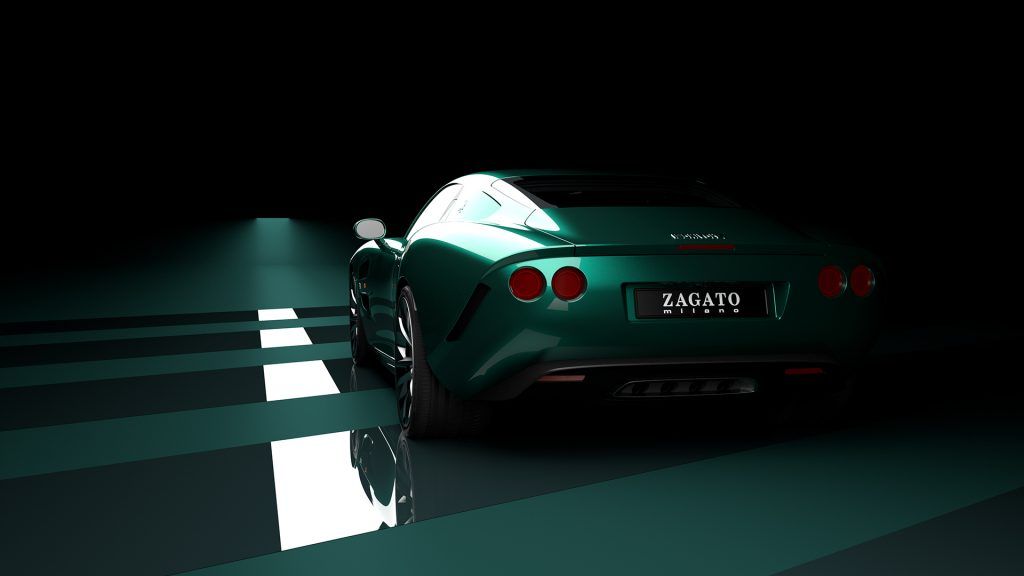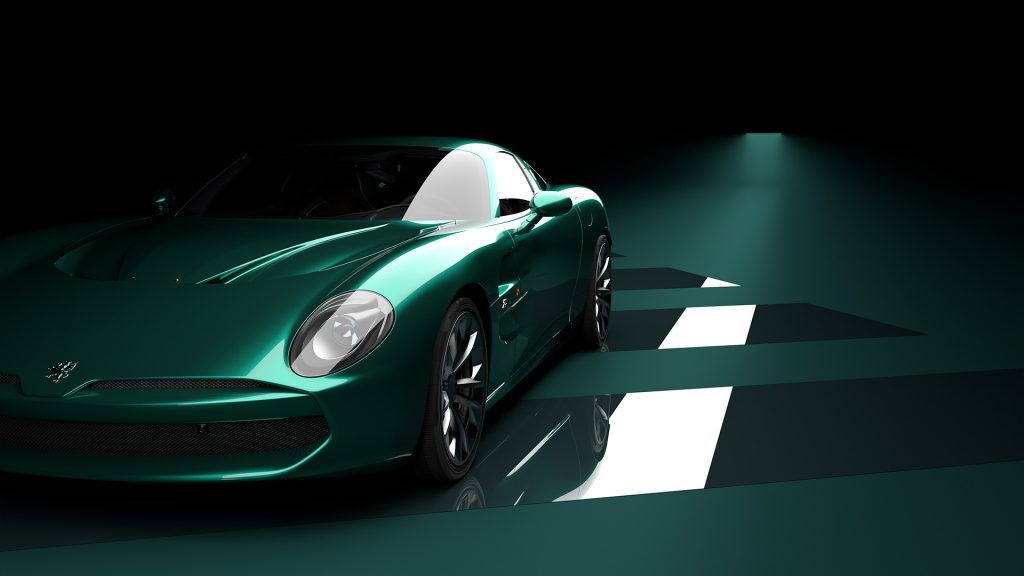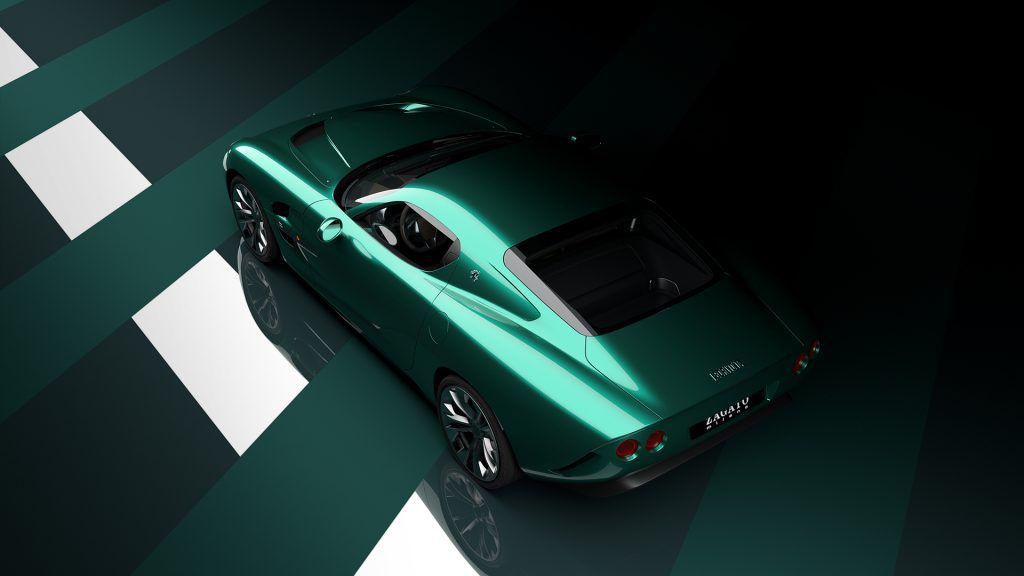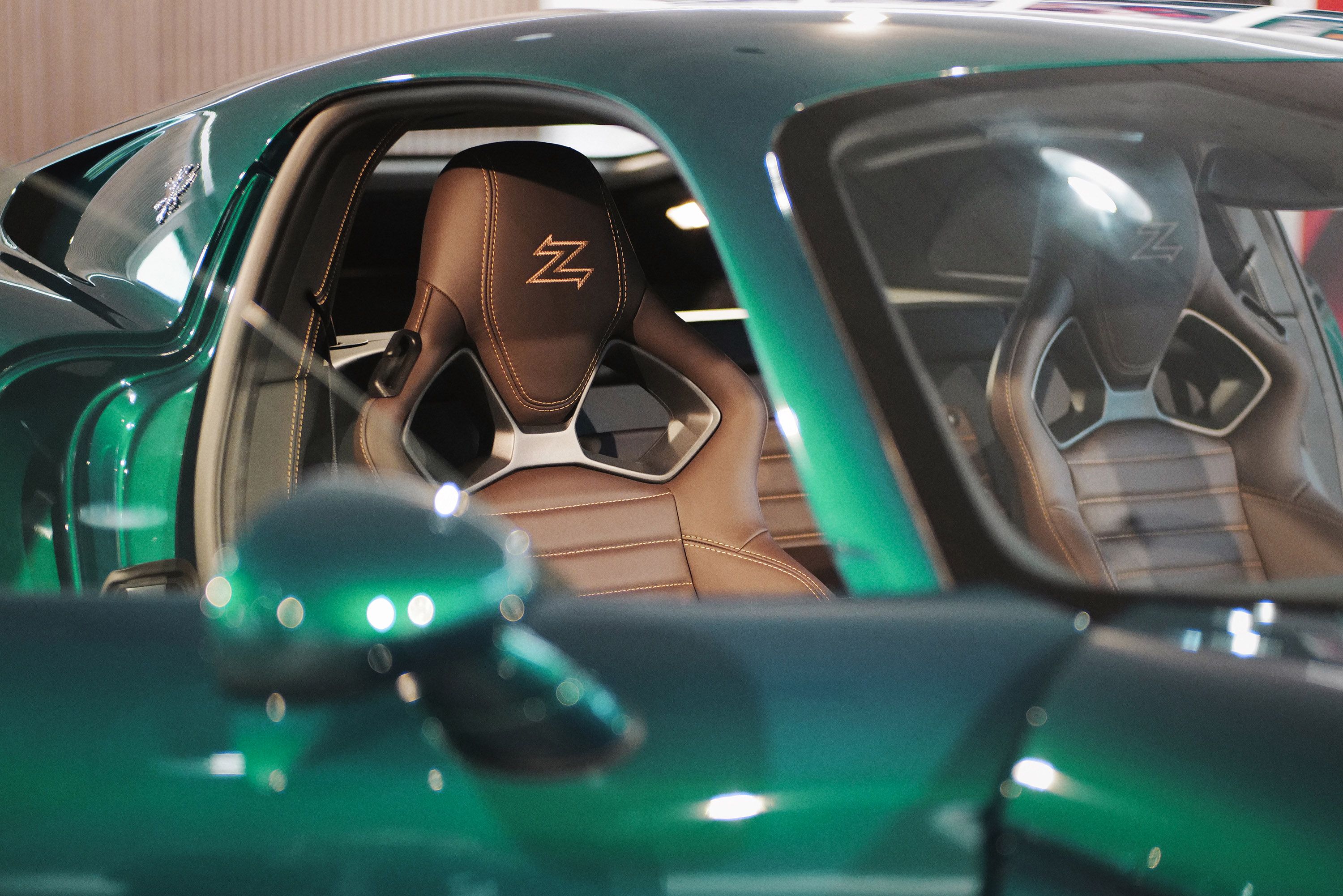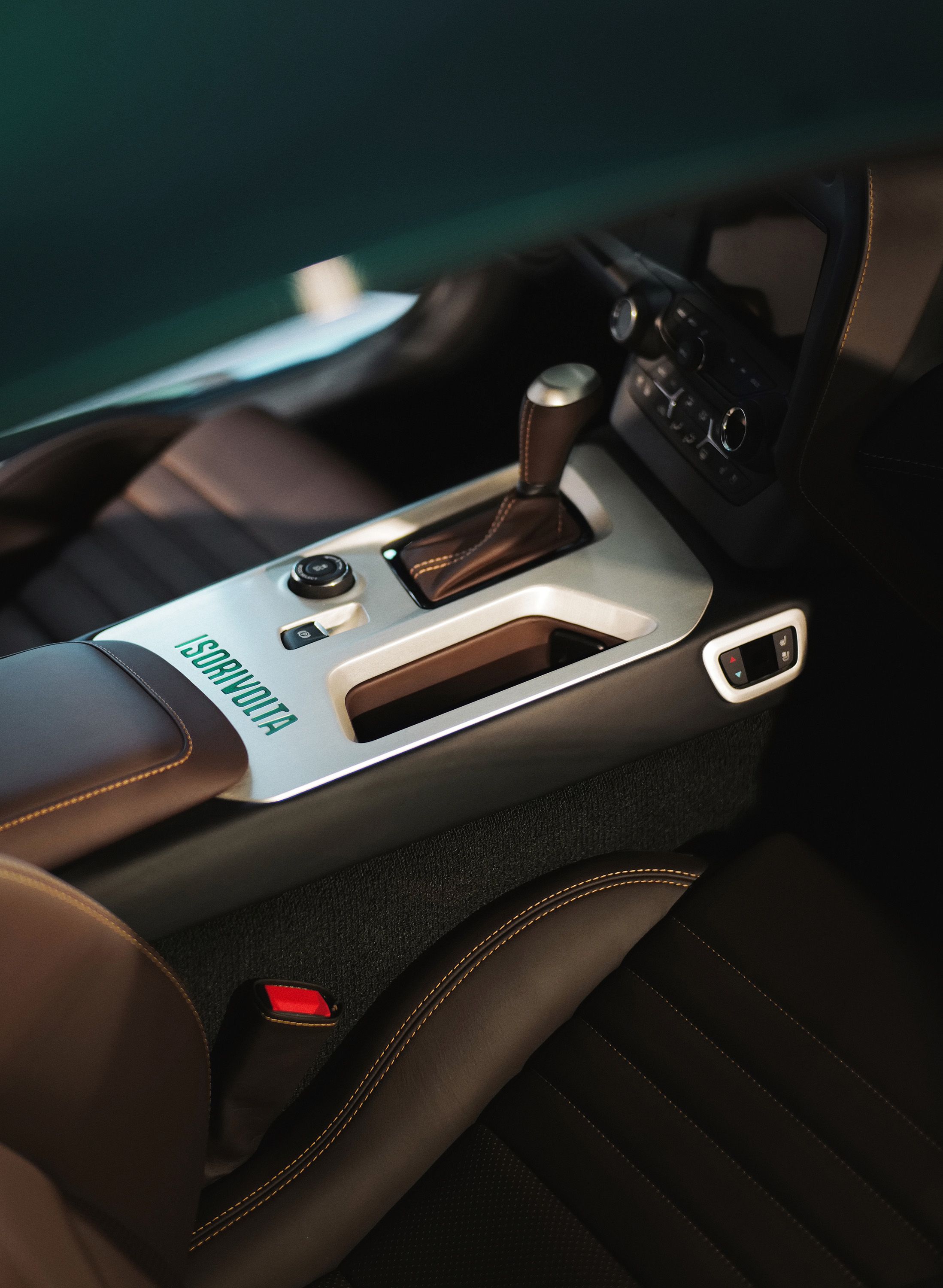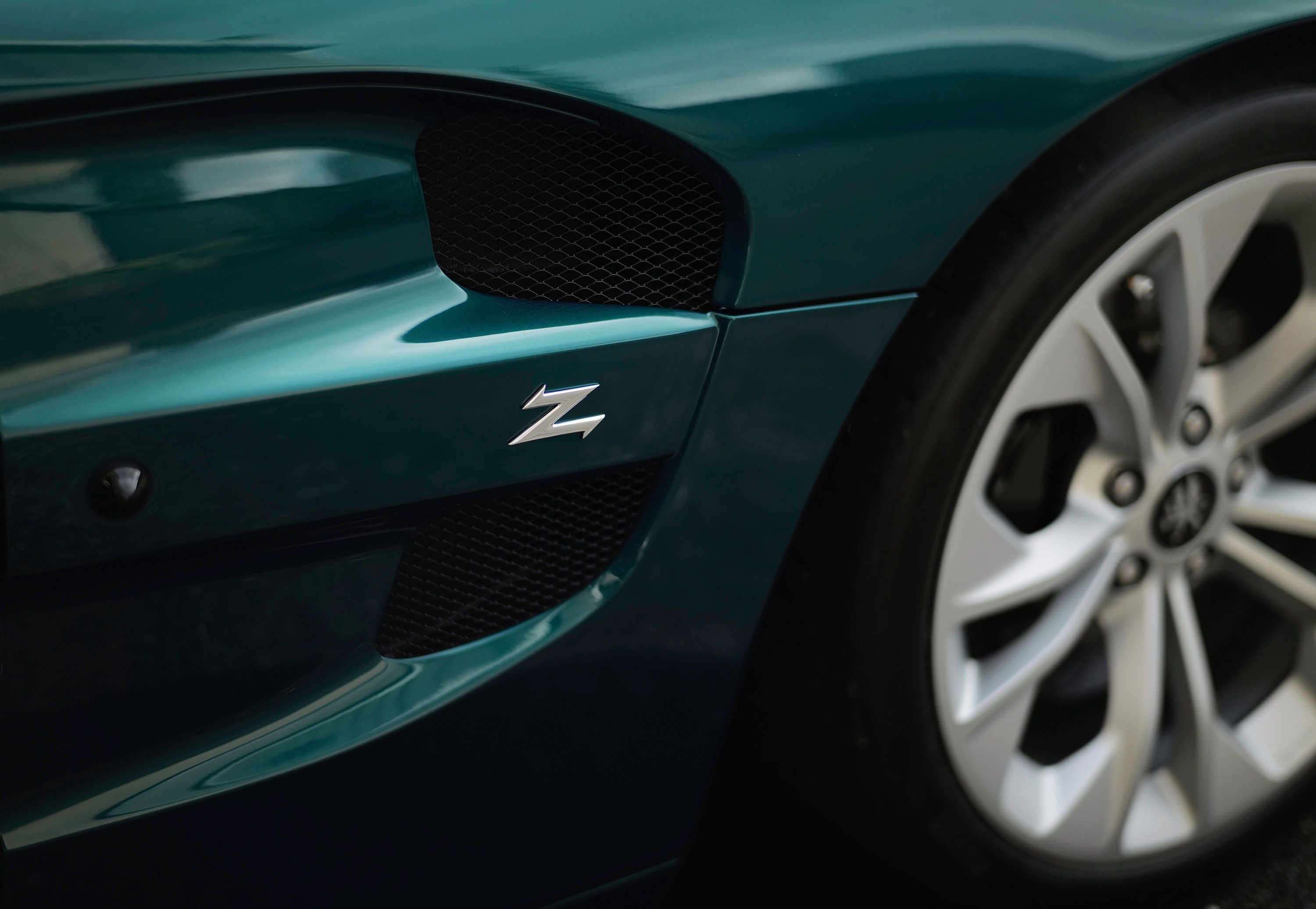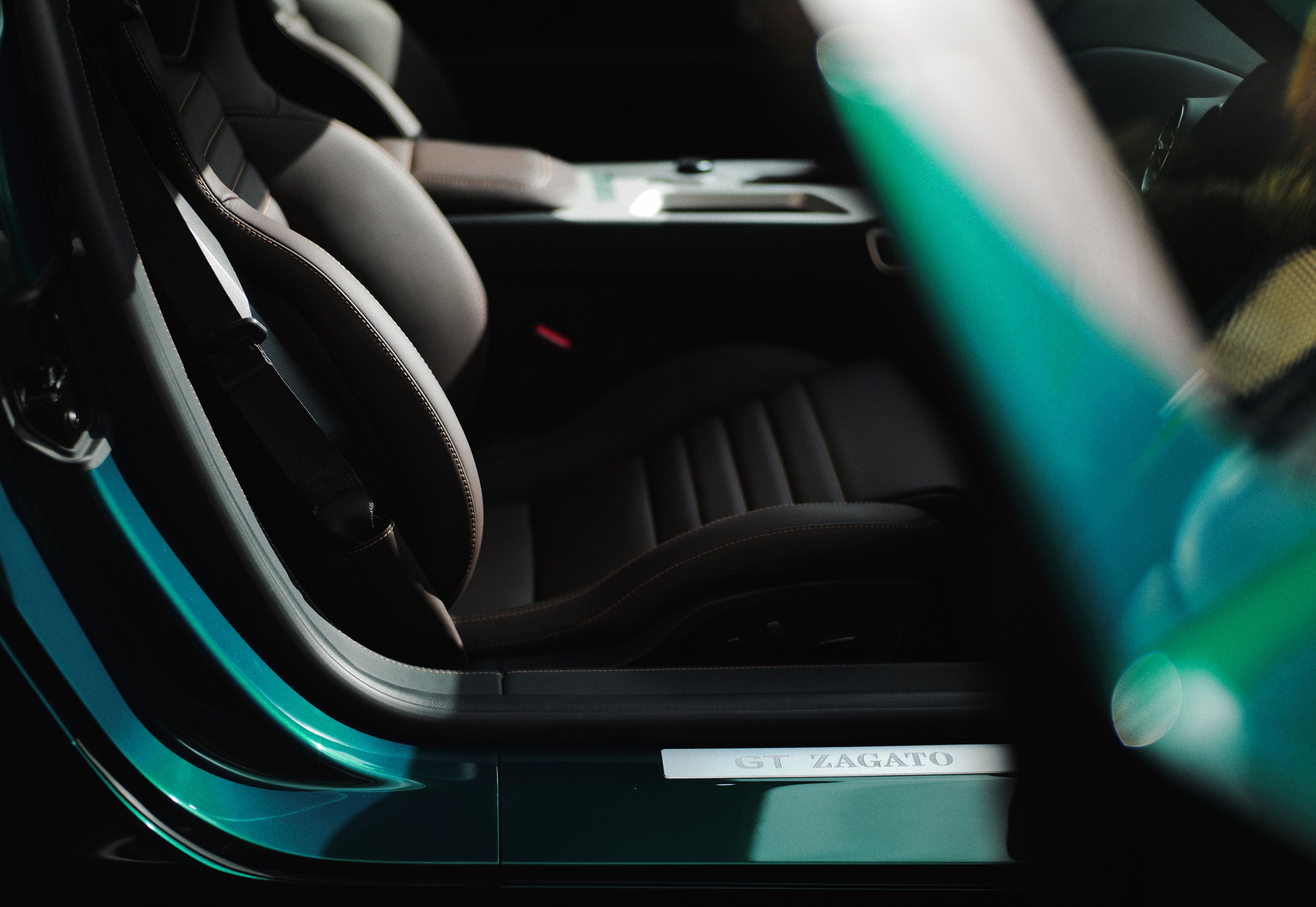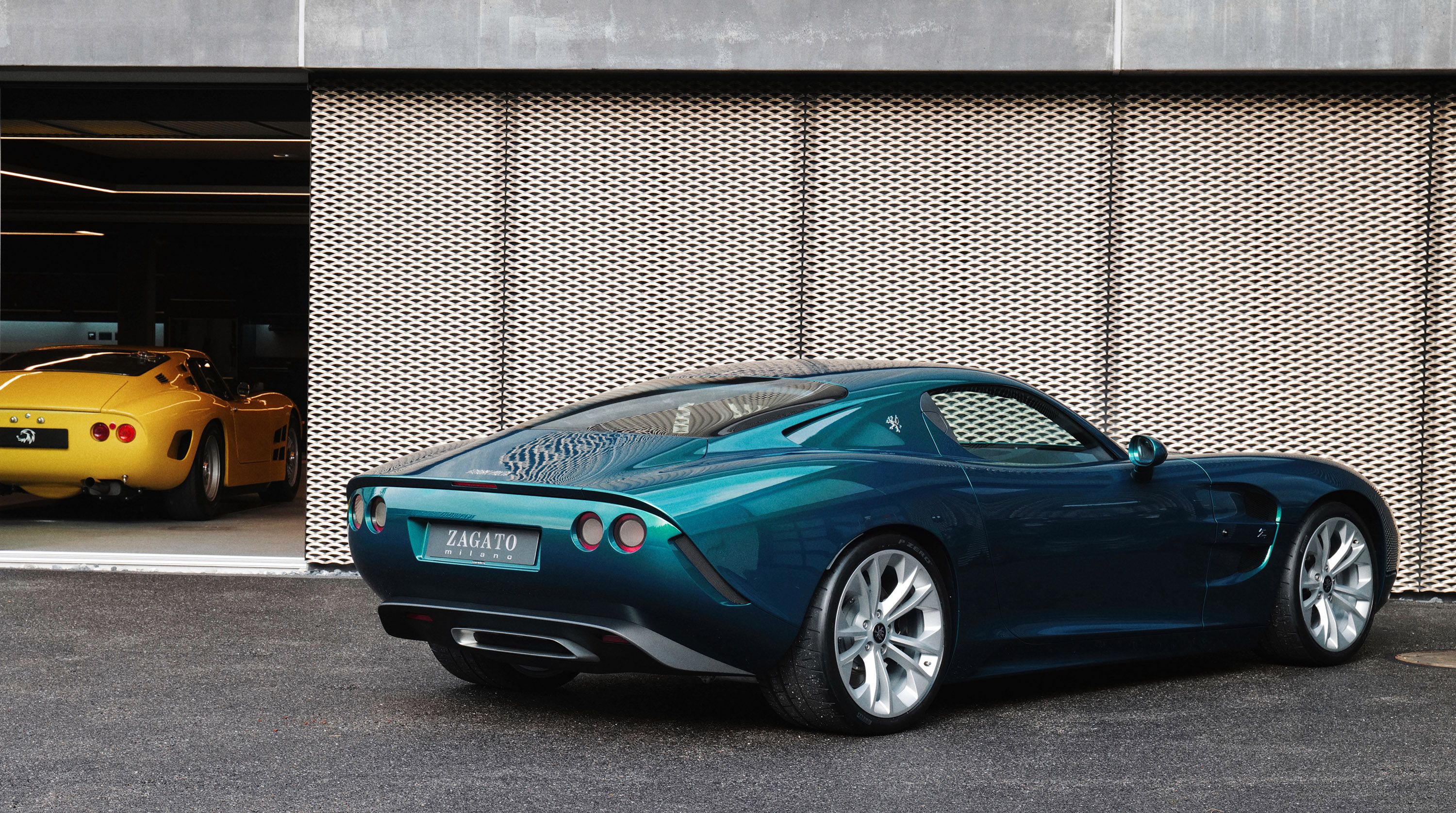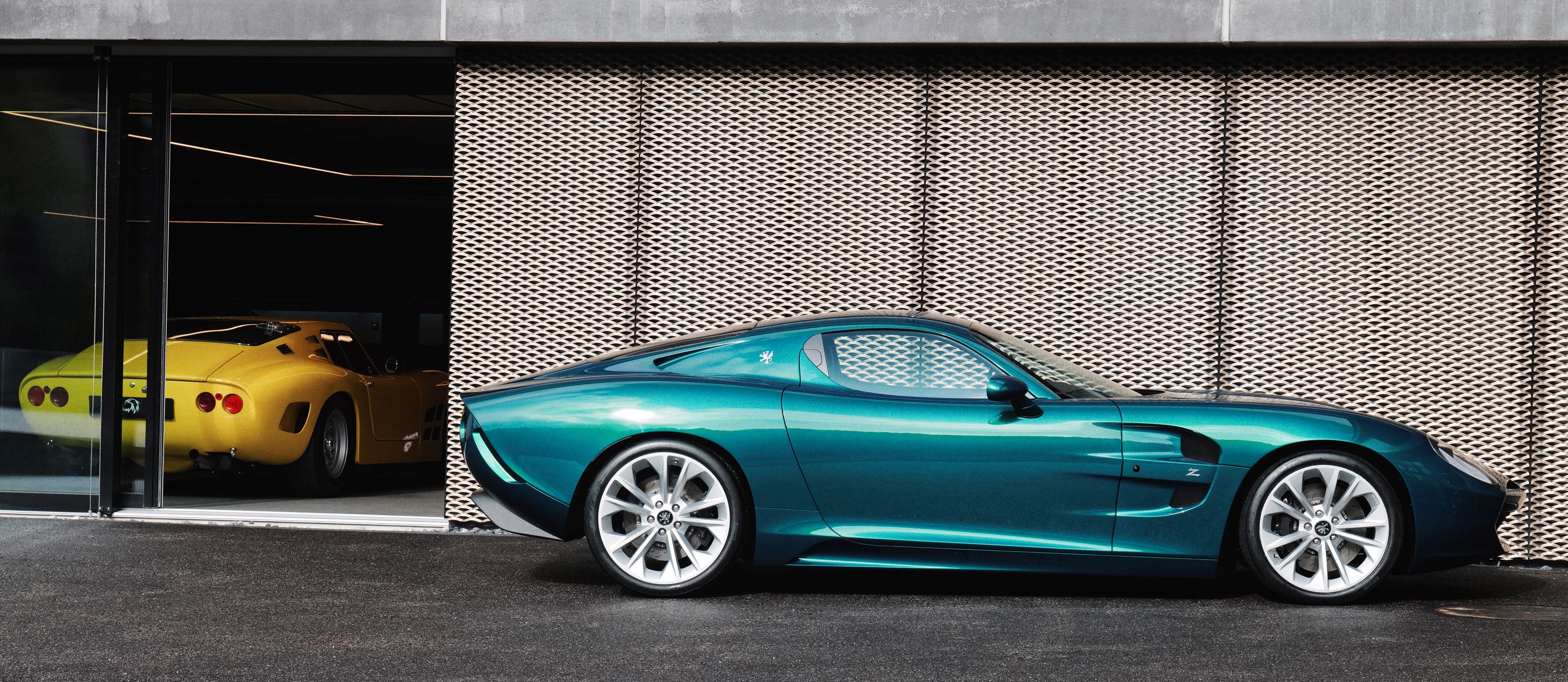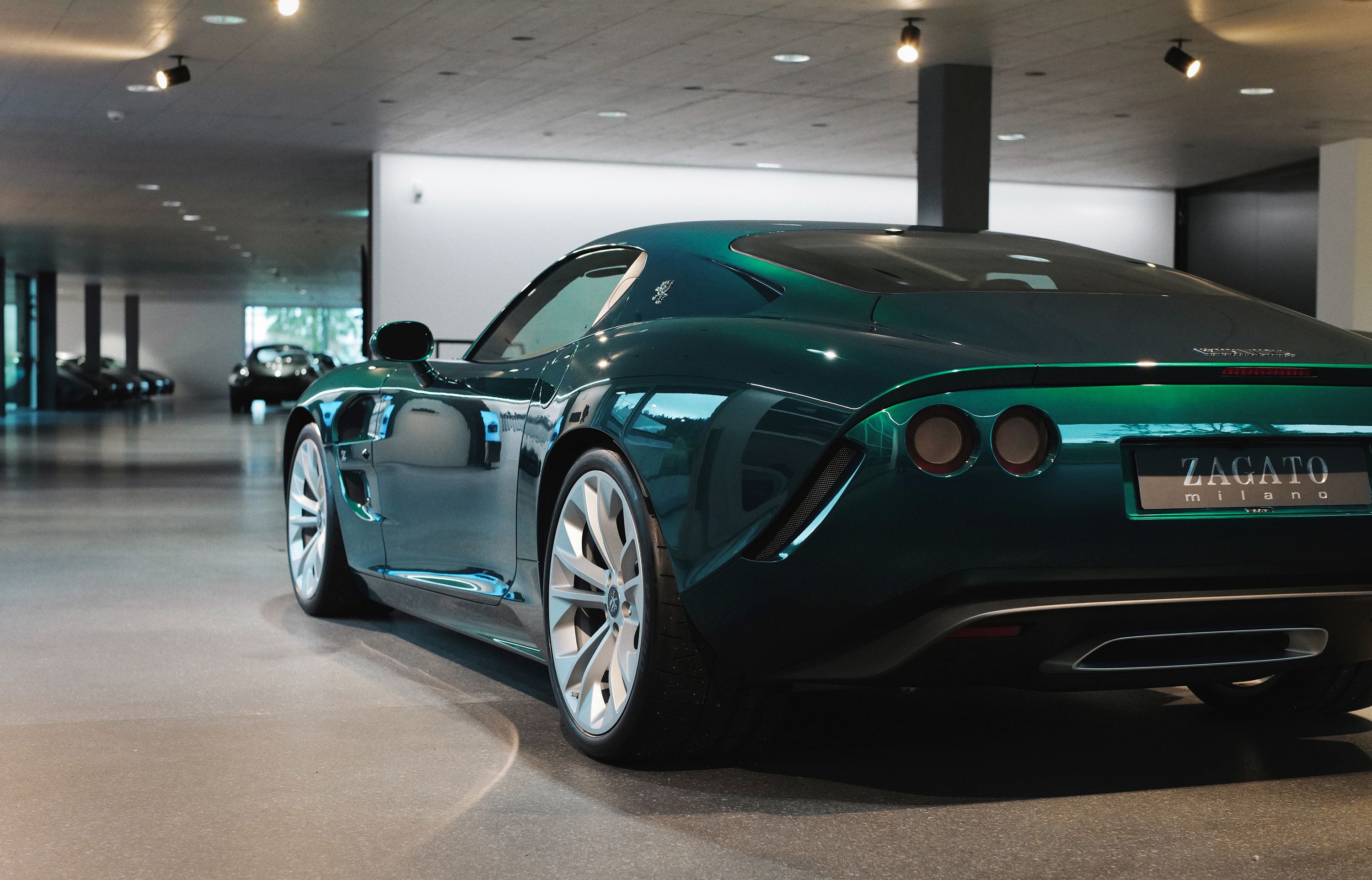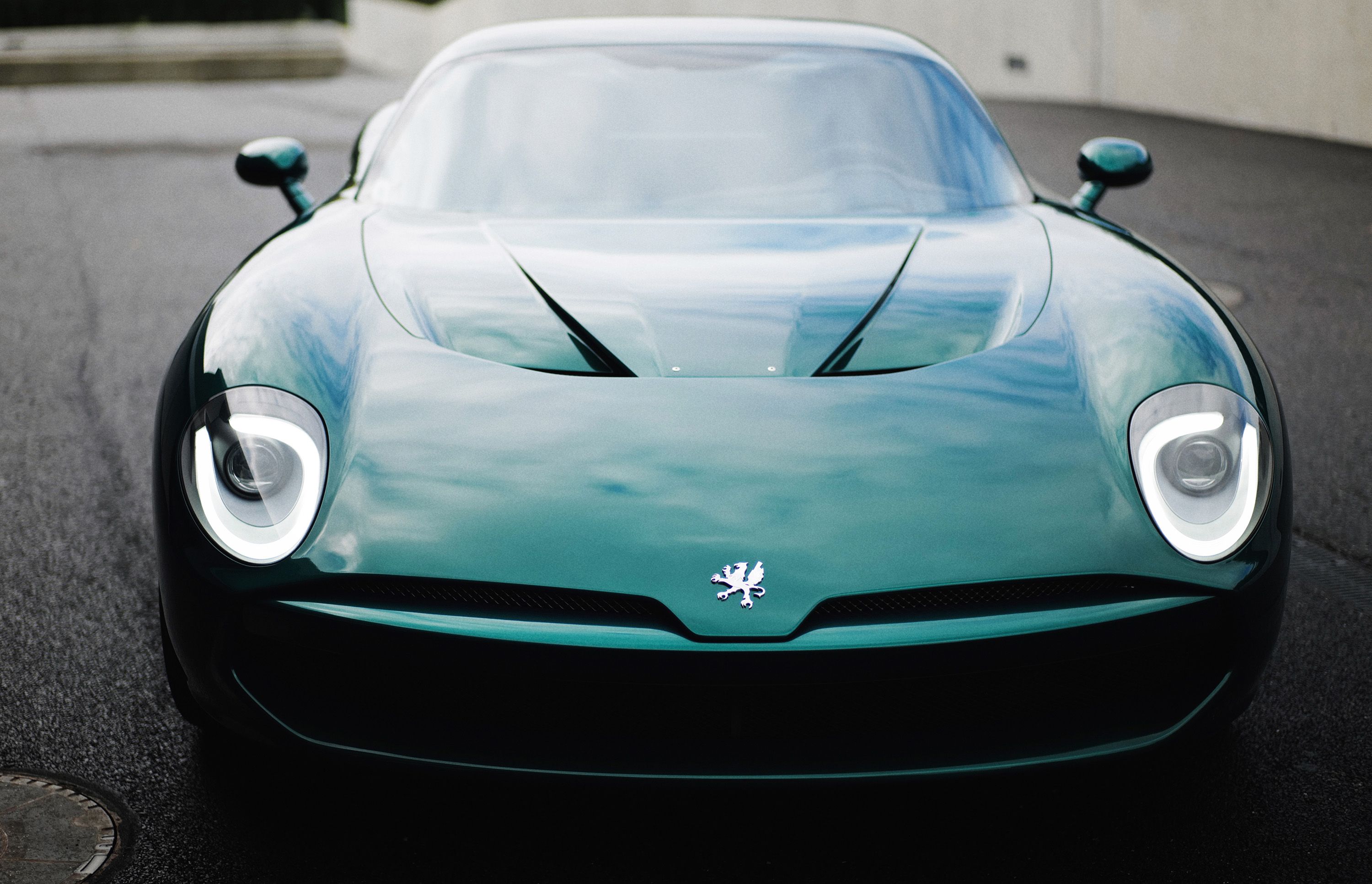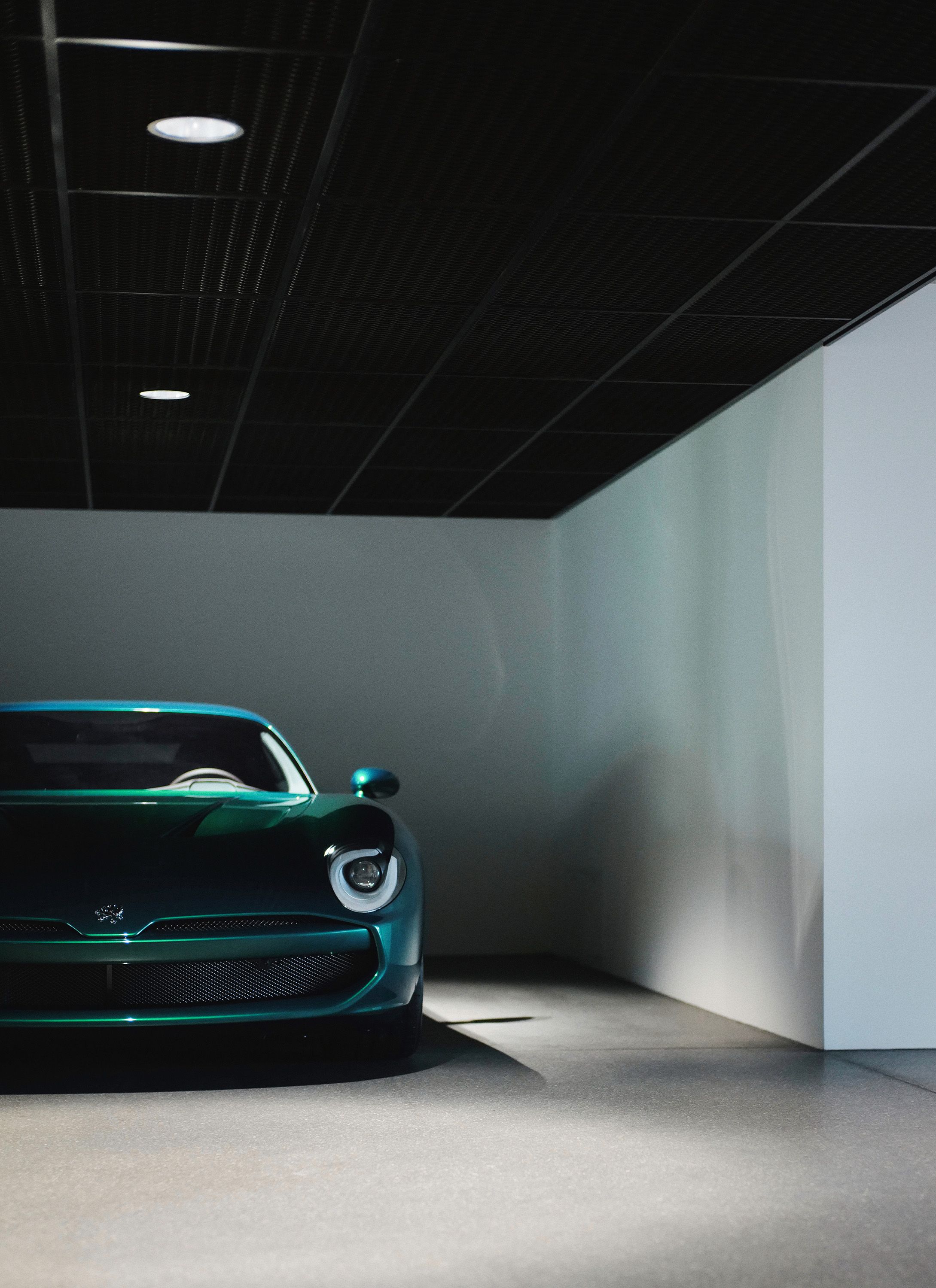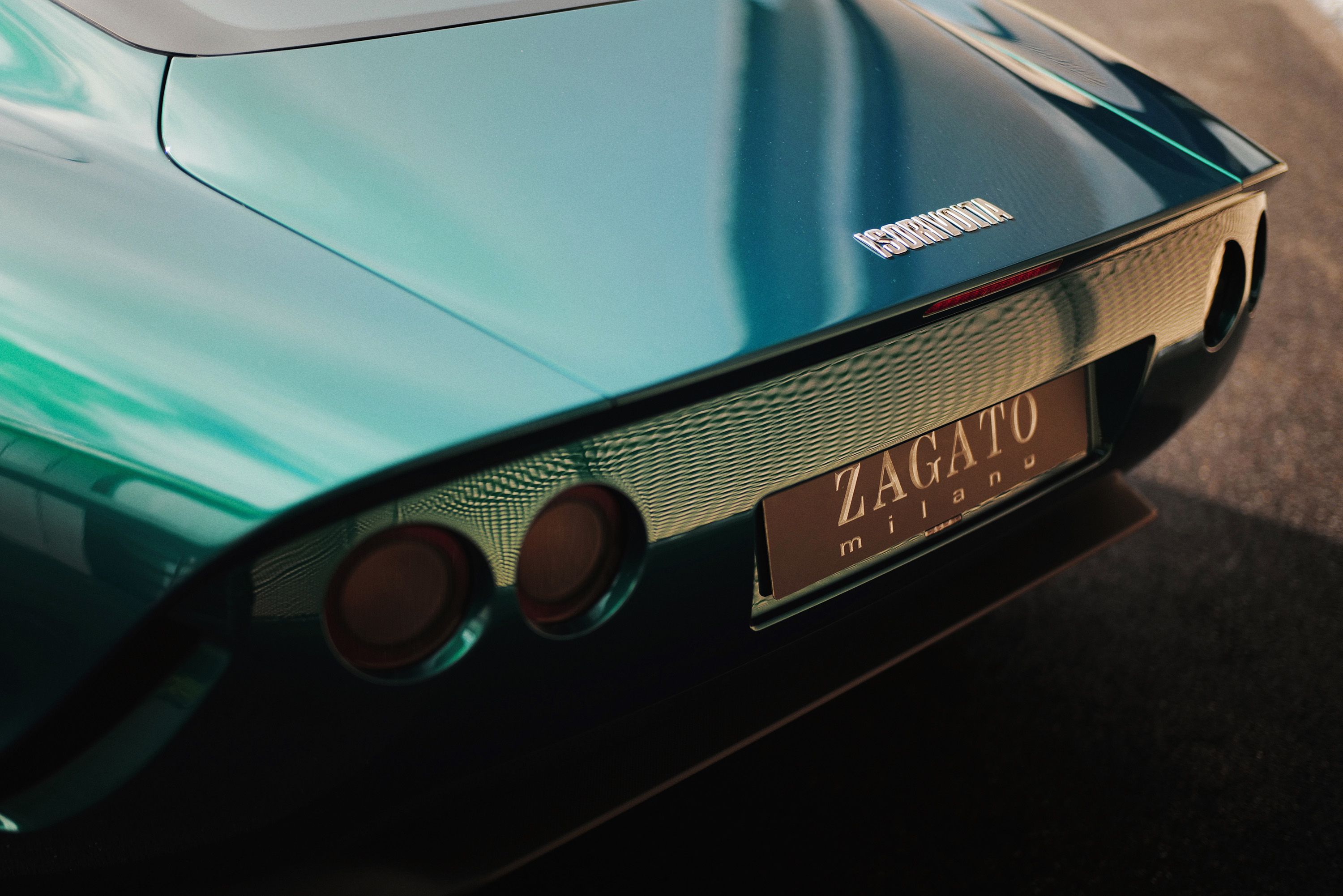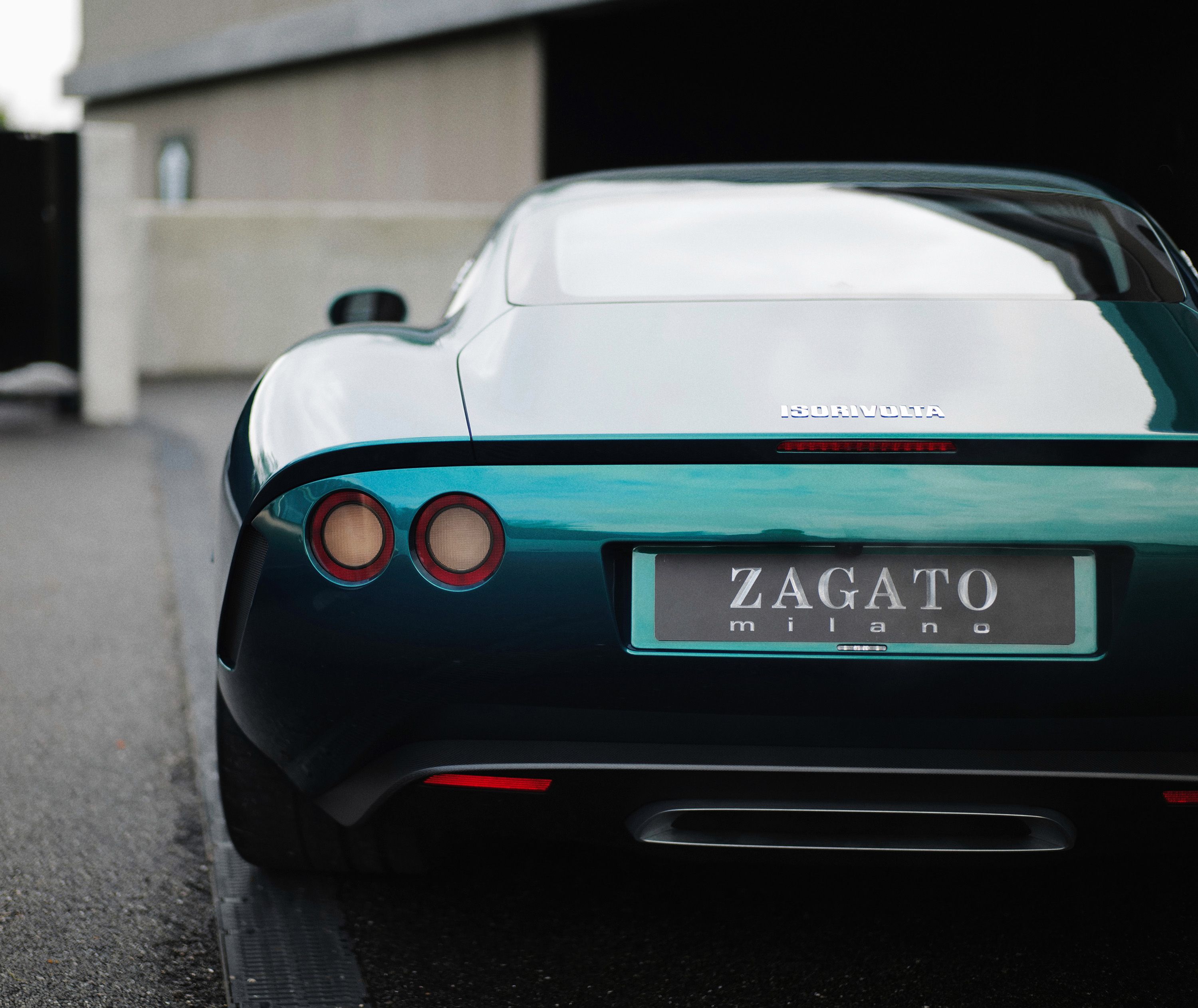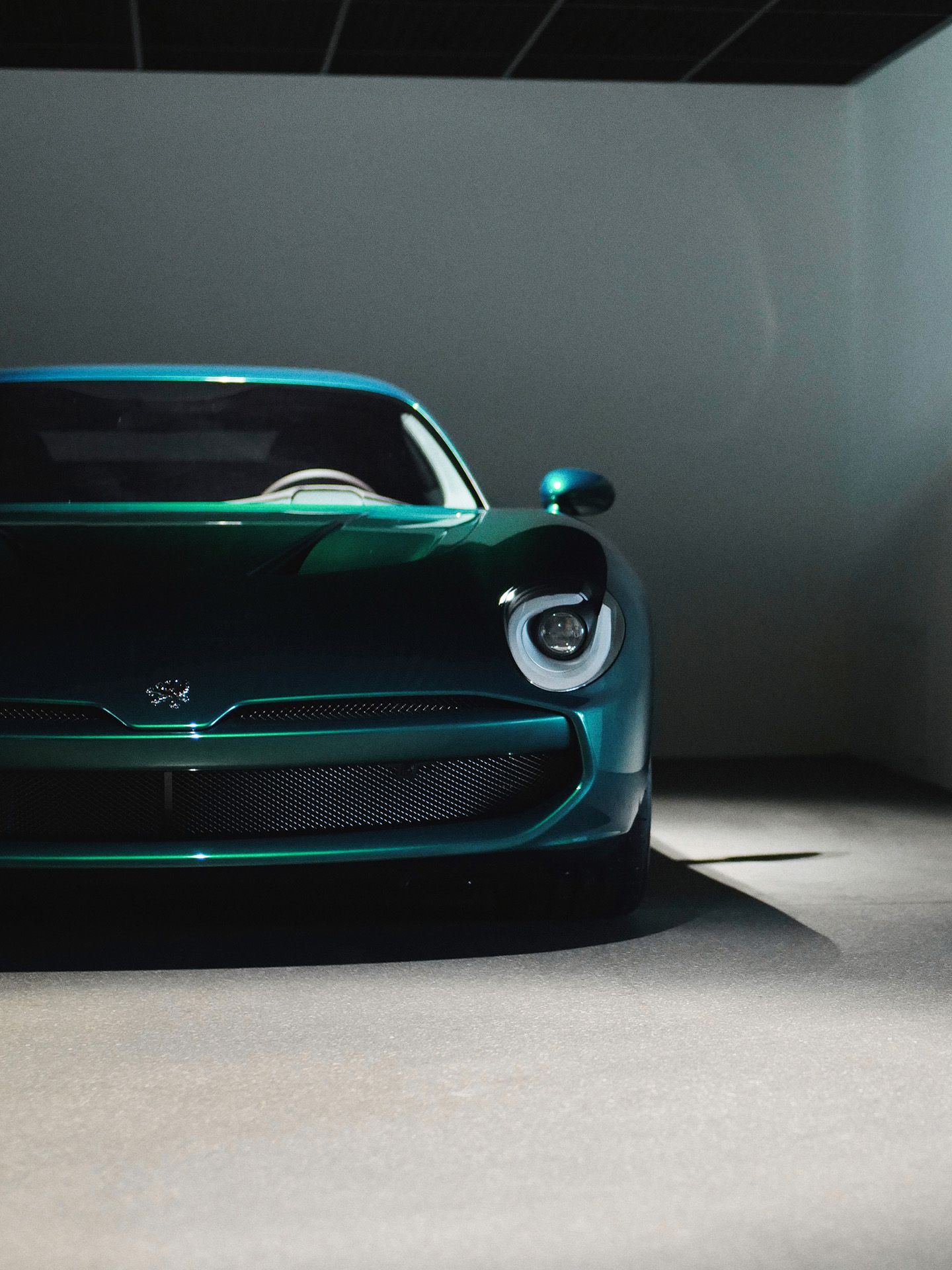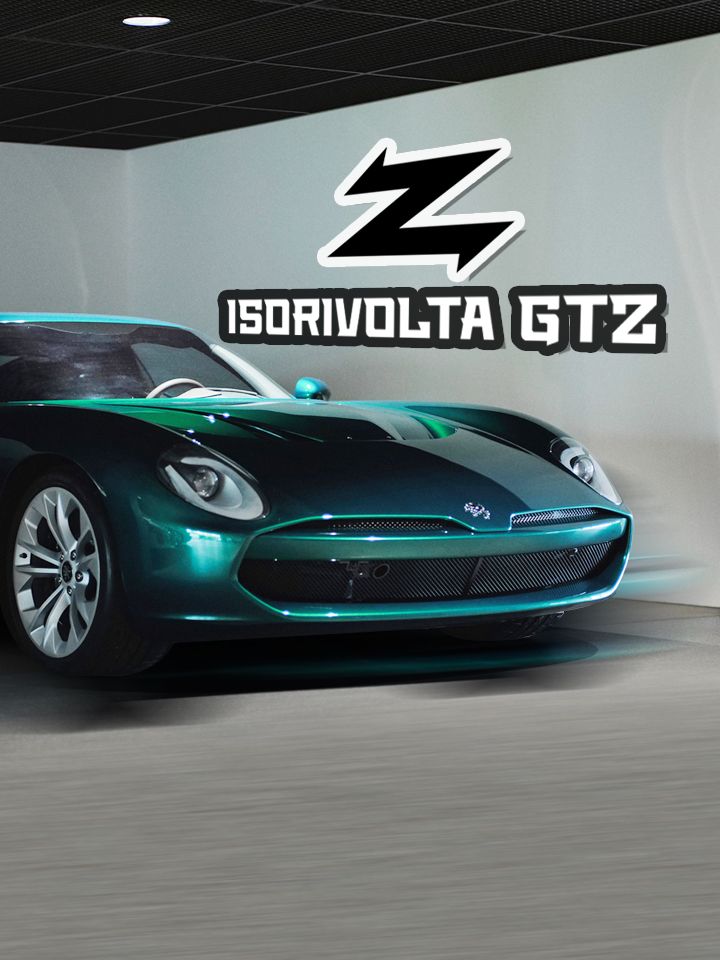Until not too long ago, coachbuilding was thought to be a lost art. Thanks to names like Zagato, it made a comeback, and now, once again, we can feast our eyes on bespoke elegant creations sculpted by the art of coachbuilding. The coachbuilder Zagato has formed bonds with many companies, one of which Iso Rivolta. In honor of this, the Italian design studio has decided to commemorate the brand by resurrecting one of its most iconic models – the 1963 A3/C. The virtual concept called Iso Rivolta Vision Gran Turismo was immortalized in the Gran Turismo video game, but how much of it has transitioned into the production car?
2021 Zagato Isorivolta GTZ
- Make: Array
- Model: 2021 Zagato Isorivolta GTZ
- Engine/Motor: V8
- Horsepower: 660
- Torque: 650
- [do not use] Vehicle Model: Array
The IsoRivolta Vision Gran Turismo
The virtual concept was introduced in 2017 and can be found in the Gran Turismo Sport video game from the same year.
Powertrain & Performance
This time, it’s a 6.2-liter supercharged V-8, coming straight from the C-7 Corvette Z06. The engine makes 660 horsepower and 650 pound-feet (881 Nm). However, in the GTZ, the same engine has a displacement of 6.8 liters, so we might expect more power.
The car is said to have a top speed of 196 mph (315 km/h) and the 0-60 mph (97 km/h) sprint happens in 3.7 seconds. However, it is unclear at this point, whether these are estimated figures for the 6.2-liter engine or the bigger 6.8-liter variant.
2021 Zagato Isorivolta GTZ specifications
|
Engine |
6.2-liter supercharged V-8 |
|---|---|
|
Horsepower |
660 HP |
|
Torque |
650 LB-FT |
|
0 to 60 mph |
3.7 seconds |
|
Top Speed |
196 mph (315 km/h) |
Exterior
It doesn’t take long to notice where the GTZ’s design inspiration comes from. From every angle, it looks like a modern-day tribute to the 1963 A3/C. Instead of changing the 1960s design, they simply modernized it and redid it in carbon-fiber. In the front, you get the same round headlights, with the same narrow vents positioned in-between. The modern-day car even retains the large air inlet integrated into the lower fascia.
The side profile is more streamlined but overall retains the same proportions. In addition, the GTZ features significantly bigger air extractors behind the front wheel arches. The aggressive stance is further emphasized by the much bigger alloy wheels, wrapped in high-performance low-profile tires. The rear is, once again, true to 1963 original, featuring a fastback profile and accommodating four round taillights. The back of the car is finished by an elegant diffuser with a big central exhaust tip.
Interior
For now, the design studio is being quite mysterious, regarding the interior of the GTZ, but from the small number of images available, we can see it shares many details with the C-7 Corvette, on which it is based. Of course, the whole interior is overhauled, in order to be more upscale, but ultimately, we expect to see a lot of C-7 donor car. From what we can see, the center console, along with the climate controls and the shifter is exactly the same as in the C-7 Corvette.
This shouldn’t be frowned upon, since whoever is familiar with the brand would know that the company’s cars have always been based on Chevy’s high-performance models. Moreover, the seventh-generation Corvette was a significant step up in terms of quality, compared to its previous generations.
About the original
The Iso Rivolta A3/C was conceived in 1963 as a performance version of the A3/L, which was the more luxury-oriented version. The car used a Chevrolet 5.3-liter (327 cui) OHV V-8 with up to 405 horsepower (302 kW) and 370 pound-feet (495 Nm). Even more impressive, 60 mph (97 km/h) was reached in just 5.0 seconds and 100 mph (161 km/h - in just 13.5 seconds. The A3/C also has a top speed of 190 mph (305 km/h). In the meantime, the four-speed Borg-Warner manual transmission was responsible for sending power to the rear wheels. The “C” in the name stood for competition. Only 22 cars were ever built.
Price & Production
Conclusion
Regardless of circumstances, there will always be a place for bespoke, coach-built vehicles, especially when they breathe new life into an old and storied name, like the Iso Rivolta. Although it is too early to say whether the modern car will be as sought-after as the original, we believe that cars like this will have their own special place in the automotive archives, together with others like the Alfa Romeo Disco Volante, Maserati A8GCS Berlinetta Touring, and other unique examples of the art of coachbuilding.


